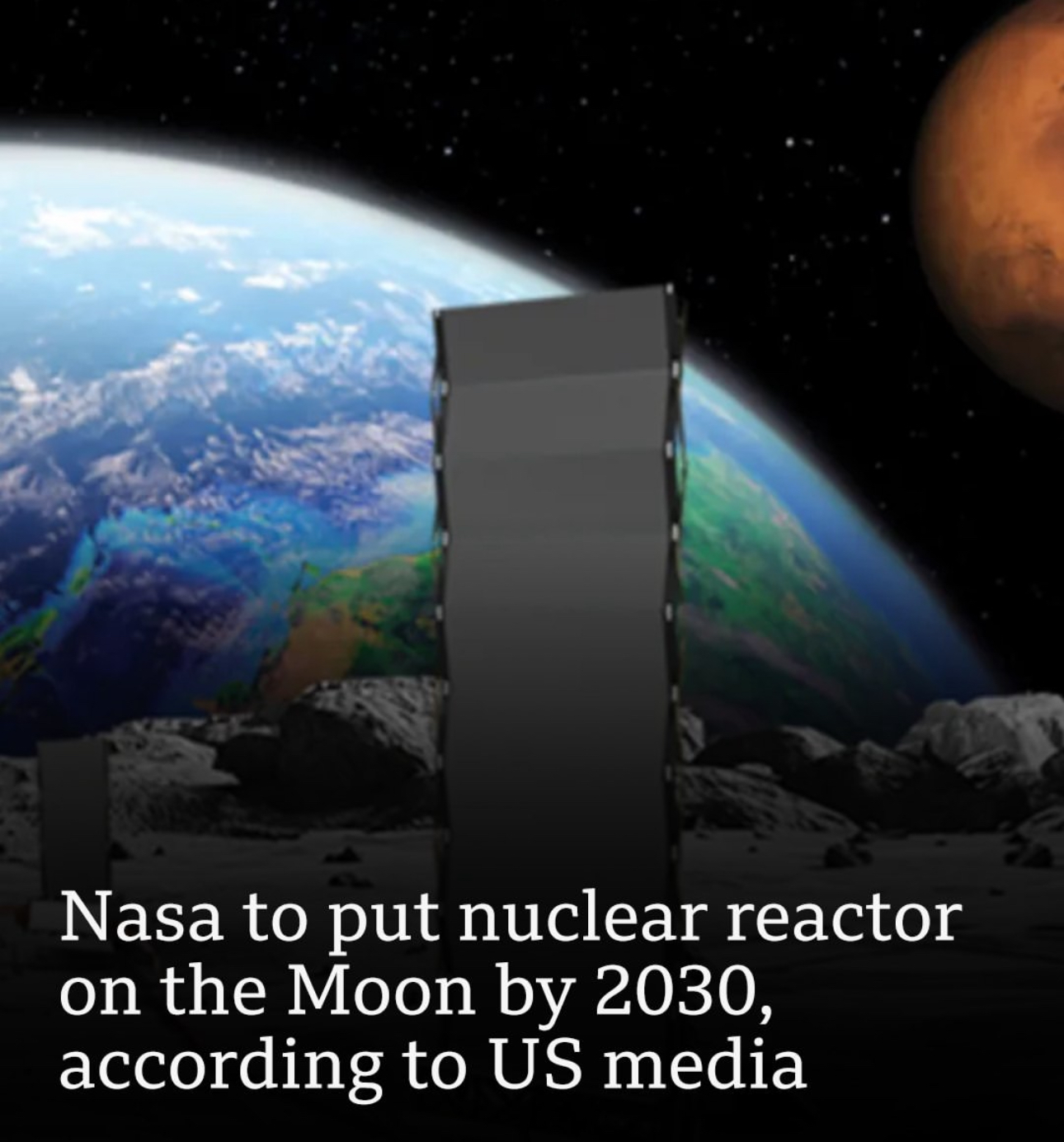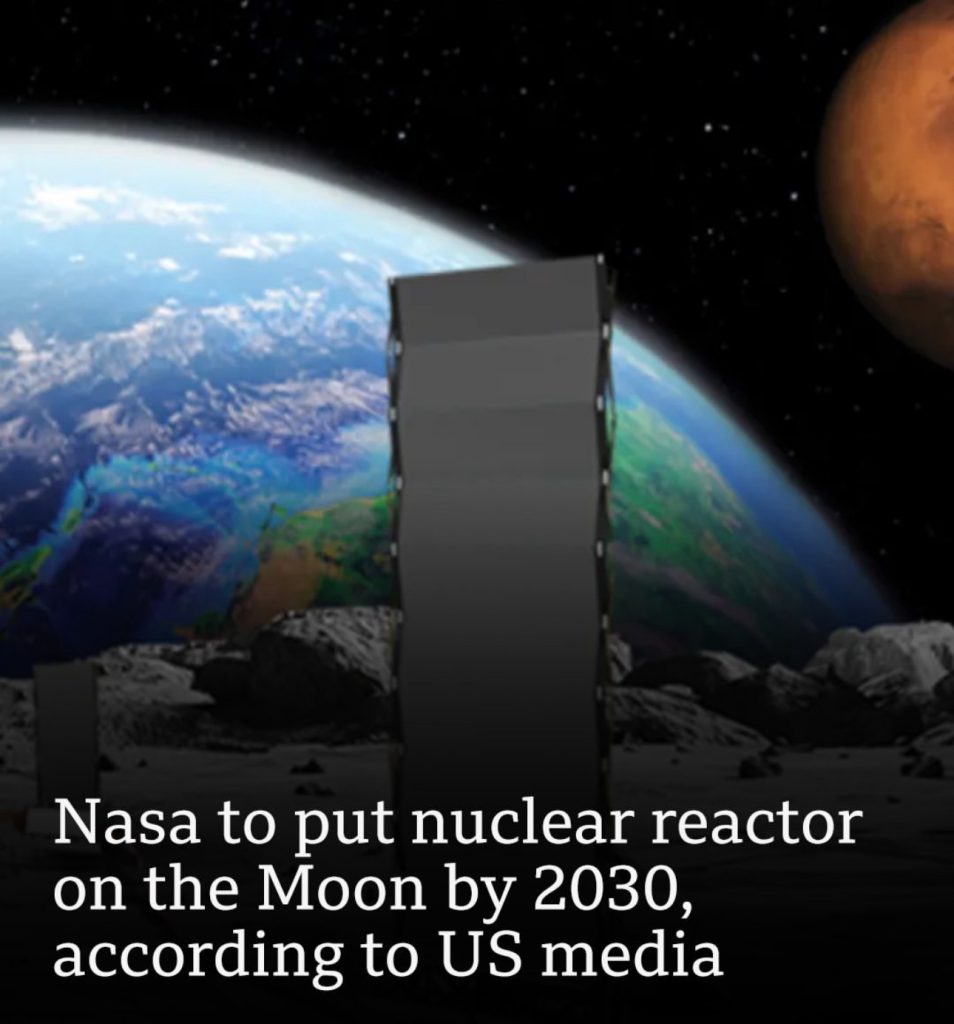Physical Address
304 North Cardinal St.
Dorchester Center, MA 02124
Physical Address
304 North Cardinal St.
Dorchester Center, MA 02124

In an exciting development for lunar exploration, NASA plans to deploy a nuclear reactor on the Moon by 2030, according to recent reports from U.S. media. This ambitious initiative aims to provide a reliable and sustainable source of power for future missions, paving the way for longer stays and more extensive exploration of our celestial neighbor.
The Moon has long been a focal point for space exploration, and recent advancements in technology have reignited interest in its potential. NASA’s lunar ambitions, particularly through the Artemis program, seek to establish a sustainable human presence on the Moon. A nuclear reactor would play a crucial role in supporting these efforts by supplying continuous energy, essential for life support systems, scientific instruments, and habitat operations.
Traditional energy sources, such as solar panels, face significant limitations on the Moon. The lunar day lasts about 14 Earth days, followed by 14 days of darkness, making solar power unreliable for constant energy needs. A nuclear reactor, on the other hand, can provide a steady supply of power regardless of time of day or lunar conditions.
The proposed reactor is expected to use a compact design, capable of generating several kilowatts of power to support various lunar activities. This technology not only enhances mission capabilities but also sets a precedent for future deep-space exploration, including missions to Mars.
NASA has emphasized that the deployment of a nuclear reactor will prioritize safety and environmental considerations. The agency plans to implement stringent safety measures to prevent any potential hazards associated with nuclear technology. Moreover, the use of nuclear power aligns with a growing focus on sustainable practices in space exploration, aiming to minimize the ecological footprint of human activities on the Moon.
The project has garnered interest from international partners and private companies eager to contribute to lunar exploration. Collaborative efforts could lead to technological advancements and shared expertise, fostering a global approach to space exploration. The deployment of a nuclear reactor could serve as a stepping stone for joint missions and research initiatives on the Moon and beyond.
As NASA works toward its goal of a lunar nuclear reactor by 2030, the implications for space exploration are profound. This initiative not only symbolizes a leap in technological capabilities but also represents humanity’s commitment to exploring and understanding the cosmos.
In conclusion, the deployment of a nuclear reactor on the Moon could revolutionize lunar exploration, providing the necessary power to support sustained human presence and scientific research. As we stand on the brink of a new era in space exploration, the Moon may soon become a bustling hub of activity, enabling us to unlock the mysteries of the universe.
